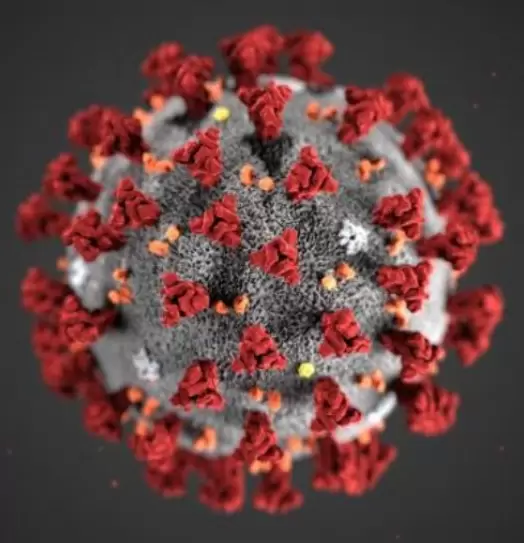The IUF precautionary approach to the spread of COVID-19 has been validated by the emerging scientific consensus on the aerosol spread of the disease. The initial World Health Organization (WHO) assessment was that COVID-19 was primarily spread through ‘droplets’ from an infected person’s coughs and sneezes and through contamination of hard surfaces. This was the basis for advising one meter physical distancing in the workplace.
The IUF advocated for 2 meter physical distancing as one of many precautions to be adopted because of the uncertainty over the possibility of transmission by smaller particles travelling further through the air.
As UK newspaper The Guardian recently noted, a consequence of the early WHO advice was an emphasis on handwashing and an underestimation of the importance of wearing masks.
In July, an open letter from 239 scientists called on the WHO to revise its description to say that “aerosols” (i.e.smaller particles in the air) matter, and even larger ‘droplets’ can go much further than the agency acknowledged.
The UK is the latest country to recognize the now overwhelming evidence that aerosols represent a major transmission route for Covid-19.
“By failing to adopt the precautionary principle with regard to the spread of COVID-19, governments and employers have exposed workers to unnecessary harm. When it comes to public health and OSH measures, the precautionary principle should always prevail,” commented IUF assistant general secretary James Ritchie.
Affiliates are strongly advised to take account of aerosol transmission of COVID-19 in workplace risk assessments and in managing control of the hazard. IUF sector specific guides are available here and here and also here.
